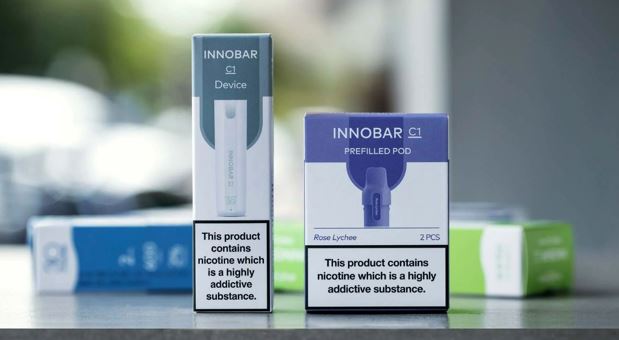Exploring Cigarette Consumption: Puff Counts and Health Effects
As public health awareness increases, many people are taking a closer look at the specifics of cigarette consumption. One topic gaining attention is the actual “puff count” in a cigarette and how this translates into potential health risks. This understanding can help individuals make more informed decisions about smoking and its effects on health.
Understanding Puff Counts: How Many Puffs in a Cigarette?
The number of puffs in a cigarette is an interesting metric for understanding cigarette consumption. On average, a single cigarette typically provides between 10 to 15 puffs, although this can vary based on the smoker’s habits and the cigarette’s design. The number of puffs matters because each puff draws in a concentration of chemicals and nicotine, gradually adding up to affect the body over time. In fact, research has shown that the number of puffs taken correlates with the level of nicotine and tar inhaled, which are directly linked to health risks.
For those curious about other forms of nicotine intake, questions often arise, such as can I bring a vape on a plane? as vaping has grown as an alternative. Yet, even though it’s considered less harmful than traditional smoking, vaping also involves a similar mechanism where puff counts can determine the intake of nicotine and other substances. Understanding how both cigarettes and vapes impact our health can help us weigh the pros and cons of each option more effectively.
How Puff Counts Impact Health Risks
Each puff on a cigarette introduces a cocktail of chemicals into the body, many of which are known carcinogens or toxins. Studies indicate that inhaling cigarette smoke, even in small quantities, exposes the respiratory system to tar, carbon monoxide, formaldehyde, and over 7,000 other chemicals. These harmful substances can gradually accumulate in the body, potentially leading to conditions like chronic bronchitis, emphysema, and heart disease.
Furthermore, cigarette puff counts have been associated with the severity of nicotine addiction. Higher puff counts generally mean higher nicotine intake, which can lead to a stronger addiction. This makes quitting smoking even more challenging due to the physical and psychological reliance on nicotine. By reducing the frequency or number of puffs, smokers may lower some health risks, but it’s important to remember that even small amounts of exposure can have cumulative effects on health.
Comparing Cigarette and Vape Puff Counts: Is Vaping Safer?
While vaping has gained popularity as an alternative to smoking, it’s important to consider the health impact of each puff taken from a vape as well. Vape devices often have adjustable nicotine levels, allowing users to control their intake more easily. However, this doesn’t make vaping entirely risk-free. Research suggests that while vapes generally contain fewer chemicals than cigarettes, they still release potentially harmful substances that can affect lung and heart health over time.
For people who ask, How many puffs in a cigarette? as a way to compare it to vape puff counts, it’s worth noting that while both types of devices deliver nicotine and other chemicals, cigarettes expose users to a much higher range of toxic compounds. Vape products can still irritate the respiratory system, particularly if used excessively. In either case, reducing puff counts can be a small step toward lessening health risks, though quitting altogether remains the best choice for long-term health.
The Long-Term Health Effects of Cigarette Puff Counts
The repeated exposure to chemicals from each cigarette puff can lead to serious health consequences over time. Lung cancer, heart disease, and chronic respiratory conditions are among the most common health issues associated with cigarette smoking. According to the Centers for Disease Control and Prevention (CDC), smoking remains a leading cause of preventable disease and death, underscoring the importance of understanding the risks associated with cigarette puff counts.
Steps to Reduce Health Risks
For those looking to reduce their smoking habit, focusing on the number of puffs per cigarette can be a starting point. Some smokers find that limiting their puff count helps them gradually reduce nicotine intake, ultimately making it easier to quit. Additionally, seeking support from smoking cessation programs, using nicotine replacement therapy, or trying behavioral approaches can make the transition smoother and less daunting.
Whether you’re exploring alternatives or aiming to cut back, understanding how puff counts relate to nicotine intake and health risks can make a meaningful difference. It’s about finding the right balance and, ideally, reducing consumption as much as possible.
Conclusion
Exploring the relationship between puff counts and health effects highlights the importance of every decision in cigarette consumption. While reducing puff counts may offer slight relief from immediate exposure, the best path to improved health remains quitting smoking altogether. And for those interested in vaping as an alternative, remember to stay informed about the potential risks, even if they may be lower than traditional cigarettes. Making informed choices can lead to a healthier, smoke-free life.


